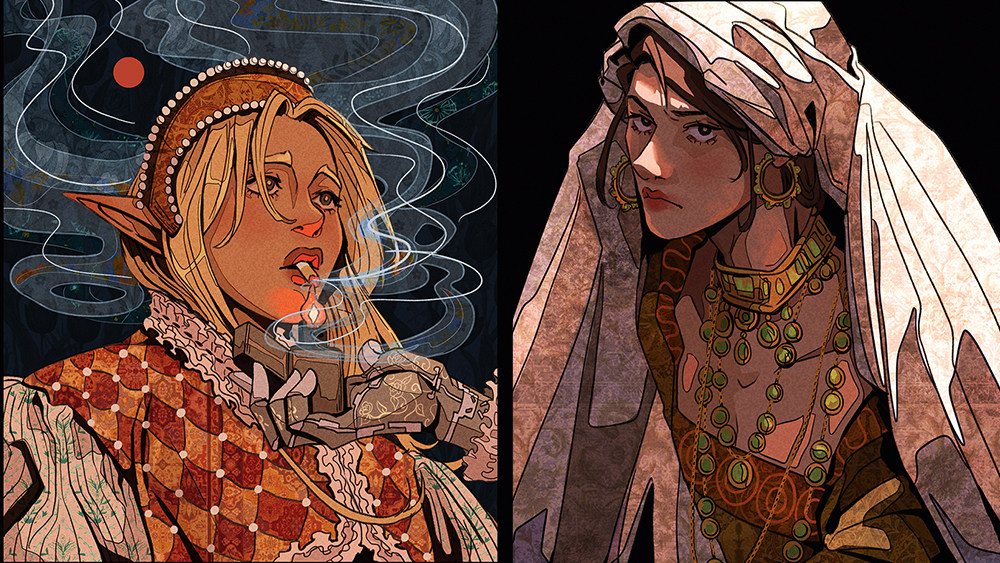Products worth making
As a designer-maker, having a product that sells well doesn’t necessarily make it commercial. Cat How shares her three golden rules for designing for commercial success
A successful product is one that sells. Simple. But the factors behind this success are a lot more complex – a delicate balance of desirability, financial viability and timelessness.
We make lots of products with illustrators and designers, and each time we do, we ask ourselves whether the finished article will stand up to three golden rules: desirability, commercial viability and longevity. Ultimately, the most successful products have an element of all three.
Firstly, if people want to buy your product, and it sells, then you’re already half way there – well done! This might be because you’re lucky enough to have created something that people feel they need to own, perhaps because your product is one that has never been done before. Or that you have made something that has been done before, just better!
The second thing we ask is – is the product financially viable? There’s a difference between a successful product and a commercial product. A successful one sells, but it might not actually make you any money. A commercial product makes financial sense as well as being a desirable product. It’s at this juncture that we often analyse the benefits of handmade products versus manufactured ones. Quite often, designers spend hours lovingly handmaking a single, one-off product, but don’t factor in how much their time is worth. Think about your hourly rate; add up the cost of your materials as well as any hidden costs – like petrol to get to an artist market – as these eat away at your end profit margin. You might actually find you’ve been losing money!
Once you’ve done the maths, this can determine whether you hand-make your product or whether you get it manufactured. We’ve found that one-off items – like limited-edition screen-prints or high-end jewellery – are given value because people recognise and appreciate the craftmanship involved, and can be sold at a higher price point. However, hand-printing tea towels – which can be easily mass produced – might not be the best use of your time.
Lastly we think about longevity, and making a product which is timeless. Be wary of trends – ‘Keep Calm’, moustaches and owls spring to mind! – and go for something that speaks to people at a deeper level. Create something that makes them smile, reminds them of something good or is simply just beautifully designed. This can help with ‘talkability’, and getting your product in the press is a great way of reaching a wider audience. This can be a double-edged sword, however. Journalists are focused on trends, so tying in with something that’s currently popular might help you get coverage initially, because you’re doing half the work for them, but then end up with hundreds of Diamond Jubilee mugs you can’t get rid of.
So think, before you design. And if a product stands up to all of these, you could be onto a winner.
Discover 40 inspirational examples of packaging design at Creative Bloq.
Daily design news, reviews, how-tos and more, as picked by the editors.

The Creative Bloq team is made up of a group of art and design enthusiasts, and has changed and evolved since Creative Bloq began back in 2012. The current website team consists of eight full-time members of staff: Editor Georgia Coggan, Deputy Editor Rosie Hilder, Ecommerce Editor Beren Neale, Senior News Editor Daniel Piper, Editor, Digital Art and 3D Ian Dean, Tech Reviews Editor Erlingur Einarsson, Ecommerce Writer Beth Nicholls and Staff Writer Natalie Fear, as well as a roster of freelancers from around the world. The ImagineFX magazine team also pitch in, ensuring that content from leading digital art publication ImagineFX is represented on Creative Bloq.
